The Epipaleolithic period in the Levant, encompassing the region of modern-day Israel, Jordan, Lebanon, and Syria, was a dynamic and transformative era in human history. From approximately 20,000 to 10,000 years ago, this period we have witnessed significant cultural, technological, and environmental changes. In this post, we explore the fascinating Epipaleolithic period in the Levant and its profound impact on the development of human civilization.
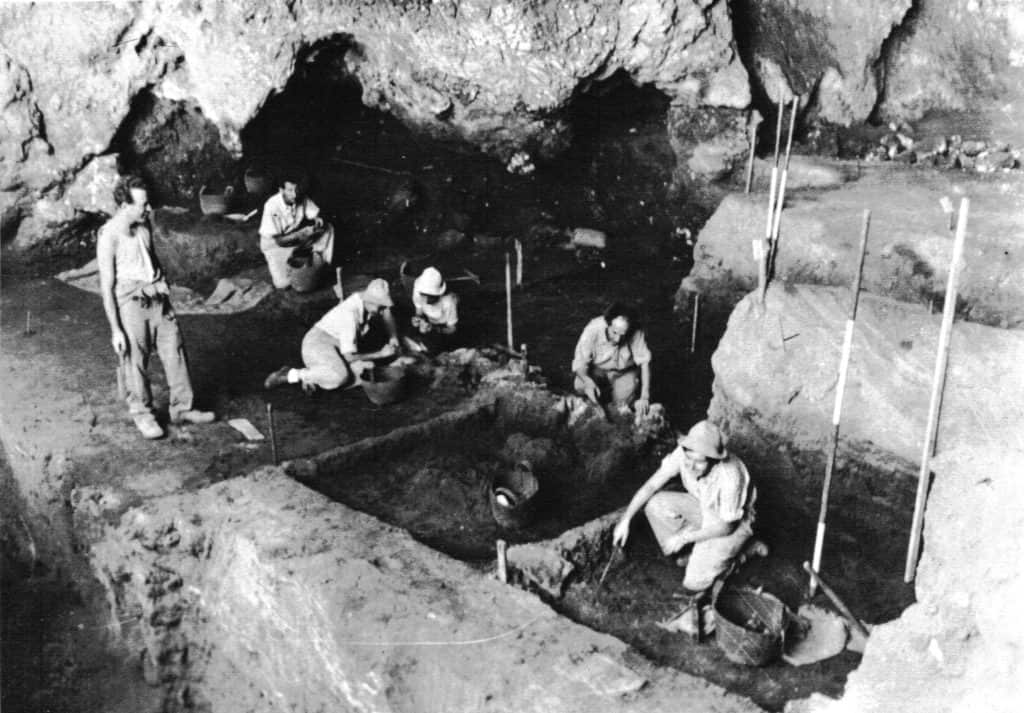
Credit: ‘The Story of Haifa’ 1969 Photographer Unkown.
The Epipaleolithic period in the Levant is most prominently associated with the Natufian Culture, which flourished between 14,500 and 11,500 years ago. The Natufians were semi-sedentary hunter-gatherers who inhabited the region’s fertile valleys and coastal plains. They left an indelible mark on the cultural and technological landscape of the Levant.
Settlement Patterns During the Epipaleolithic Period
During the Epipaleolithic period, the Natufian communities transitioned from fully nomadic to semi-sedentary or seasonally sedentary lifestyles. They established temporary camps or small villages near water sources and abundant natural resources in favorable locations. These settlements were often strategically positioned for optimal hunting, gathering, and plant cultivation.
Technological Advancements:
The Natufian culture showcased remarkable technological advancements that reflected their ability to exploit the resources available in their environment. One of the most significant innovations was the development of microliths—small, finely crafted stone tools. These microliths were meticulously retouched to create efficient arrowheads, spear points, and cutting implements, enabling more precise hunting and butchering techniques.
Stone Age Tour
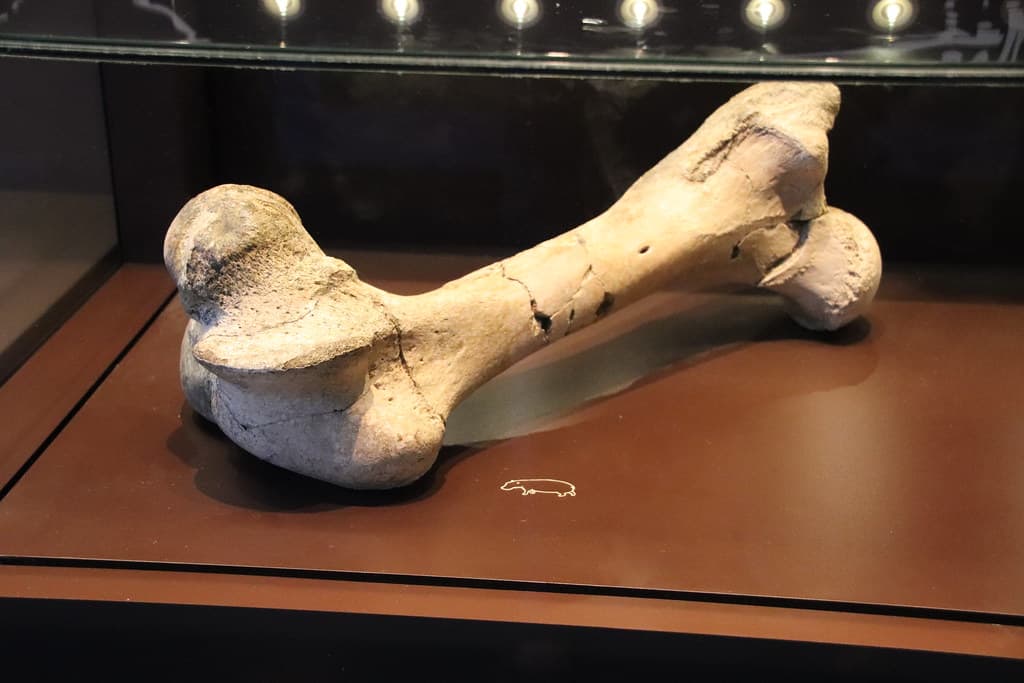
Plant Cultivation:
The Natufians were early pioneers in plant cultivation, which set the stage for the agricultural revolution of the subsequent Neolithic period. They began experimenting with collecting and cultivating wild cereals, such as wild wheat and barley, and managing certain plant species. These early efforts in domestication laid the foundation for the subsequent transition to settled agriculture.
Complex Social Structures:
The Natufian communities showcased evidence of complex social structures and cultural practices. They constructed elaborate communal buildings, including semi-subterranean round houses with stone foundations and plastered floors. The presence of specialized areas within these structures suggests the division of labor and the emergence of social hierarchies.
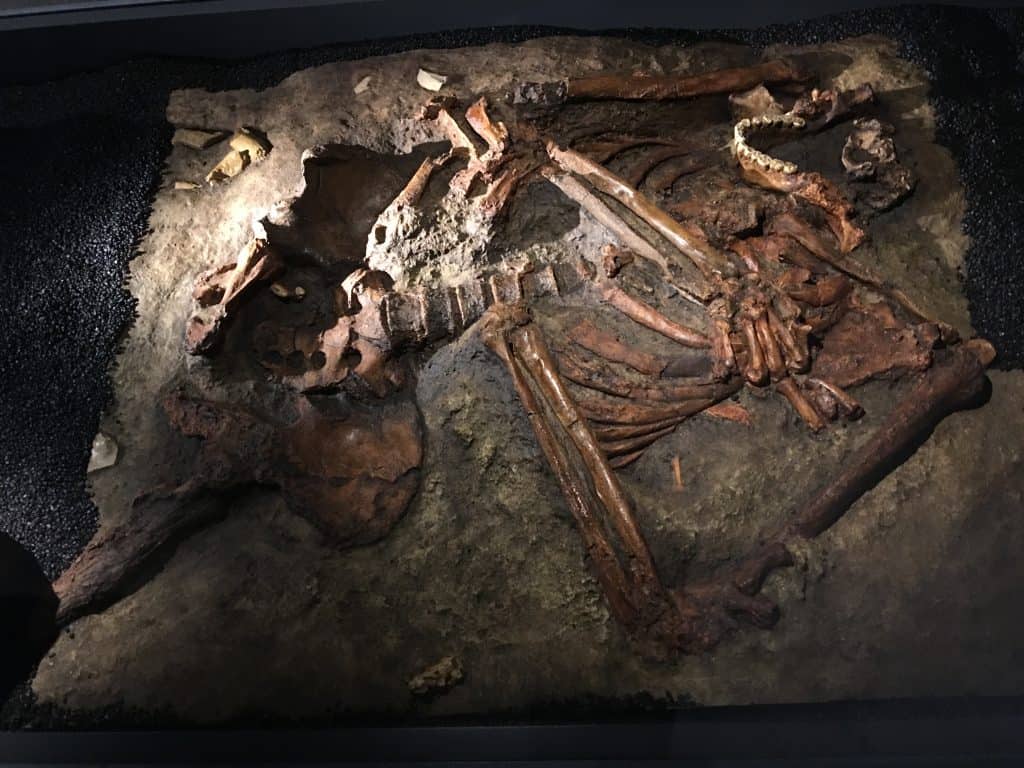
Credit: Nicolas Perrault Iii, Cc0, Via Wikimedia Commons.
Artistic Expression In the Epipaleolithic Period
Artistic expression flourished during the Epipaleolithic period in the Levant. The Natufians left a rich legacy of symbolic and creative artifacts, including stone sculptures, personal adornments, and engraved objects. The discovery of intricate figurines and animal depictions reflects their connection to the natural world and their beliefs, possibly related to fertility and hunting rituals.
Nahal Mearot Nature Reserve
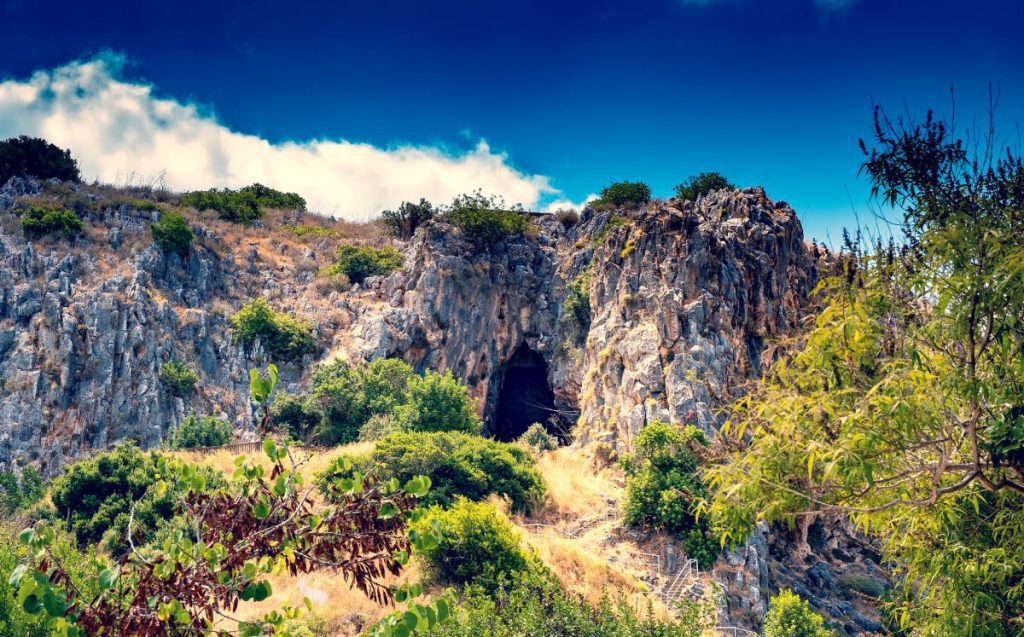
Environmental Adaptation:
So the Natufians adapted to the changing environmental conditions of the region. As the climate was drier, they adjusted their subsistence strategies to exploit diverse ecological niches. Furthermore, they focused on hunting game animals, gathering wild plants, and fishing in coastal areas. Moreover, this adaptability allowed them to thrive in challenging environments and laid the groundwork for their subsequent cultural and technological achievements.
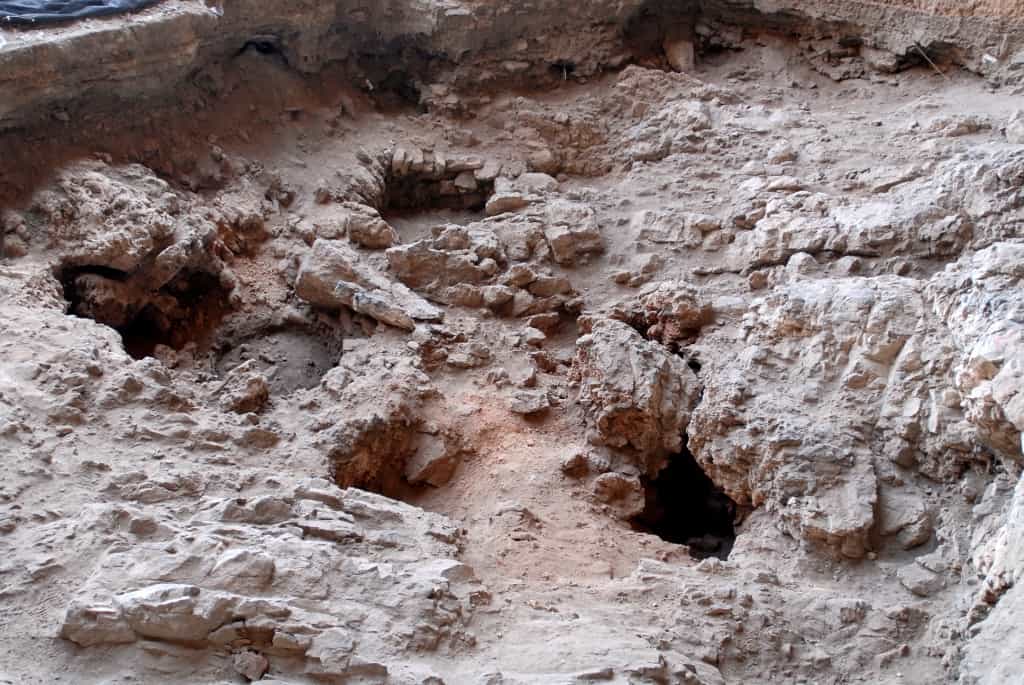
Credit: Hilger Naftali, CC BY-SA 4.0 via Wikimedia Commons.
Legacy and Transition:
So the Epipaleolithic period in the Levant marked a crucial phase in human history, serving as a bridge between the Paleolithic and Neolithic eras. Moreover, the cultural innovations and technological advancements developed by the Natufians laid the foundation for the transition to settled agriculture and the subsequent Neolithic Revolution. In addition, their practices of plant cultivation and semi-sedentary living set the stage for the emergence of complex societies and the dawn of civilization in the region.
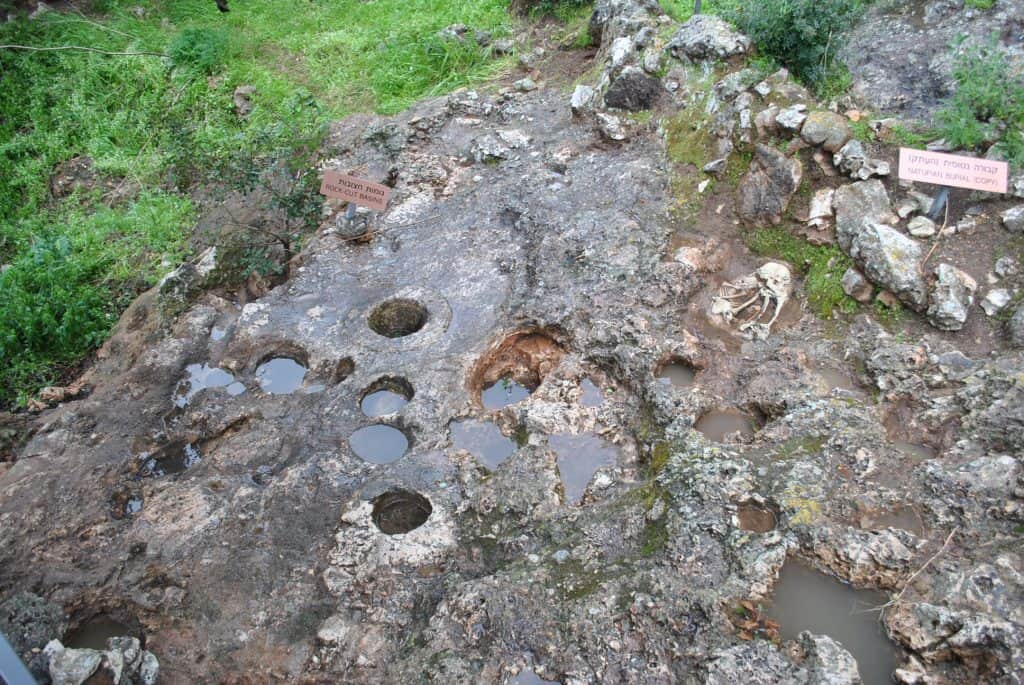
Credit: R. Yeshurun, CC BY-SA 3.0, via Wikimedia Commons.
Conclusion:
To Sum Up: The Epipaleolithic period in the Levant, embodied by the Natufian culture, was a time of cultural vibrancy, technological progress, and environmental adaptation. The Natufians’ innovations in tool-making, plant cultivation, settlement patterns, and artistic expression laid the groundwork for the subsequent agricultural revolution. Furthermore, the legacy of the Epipaleolithic period in the Levant continues to shape our understanding of human development and the remarkable journey from hunter-gatherer societies to settled agriculture and civilization.







